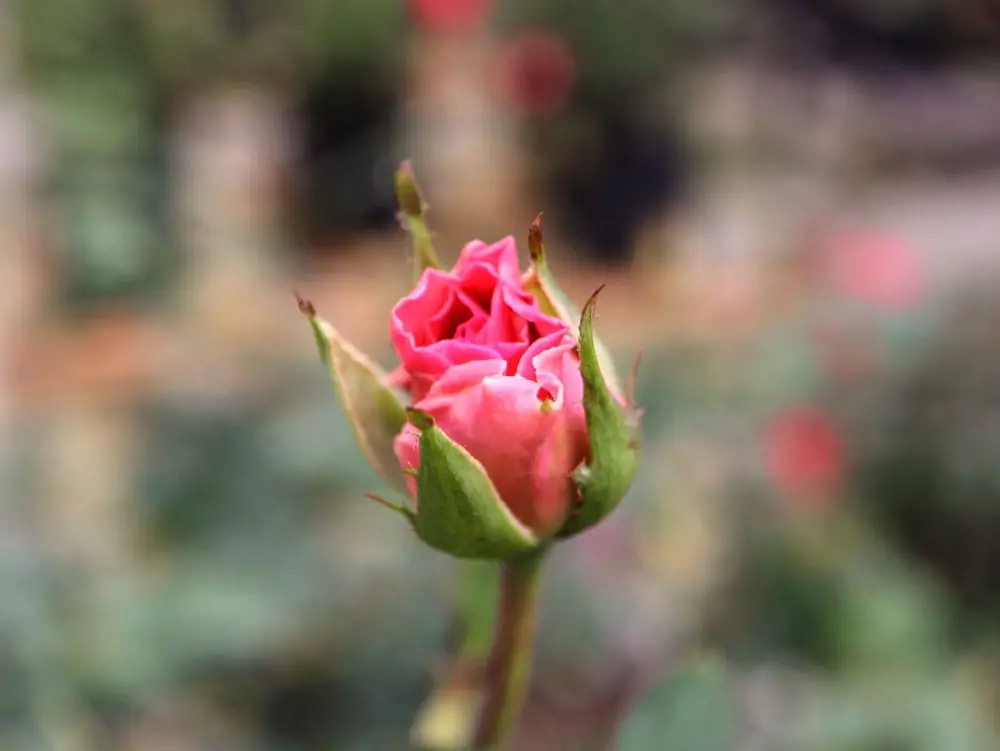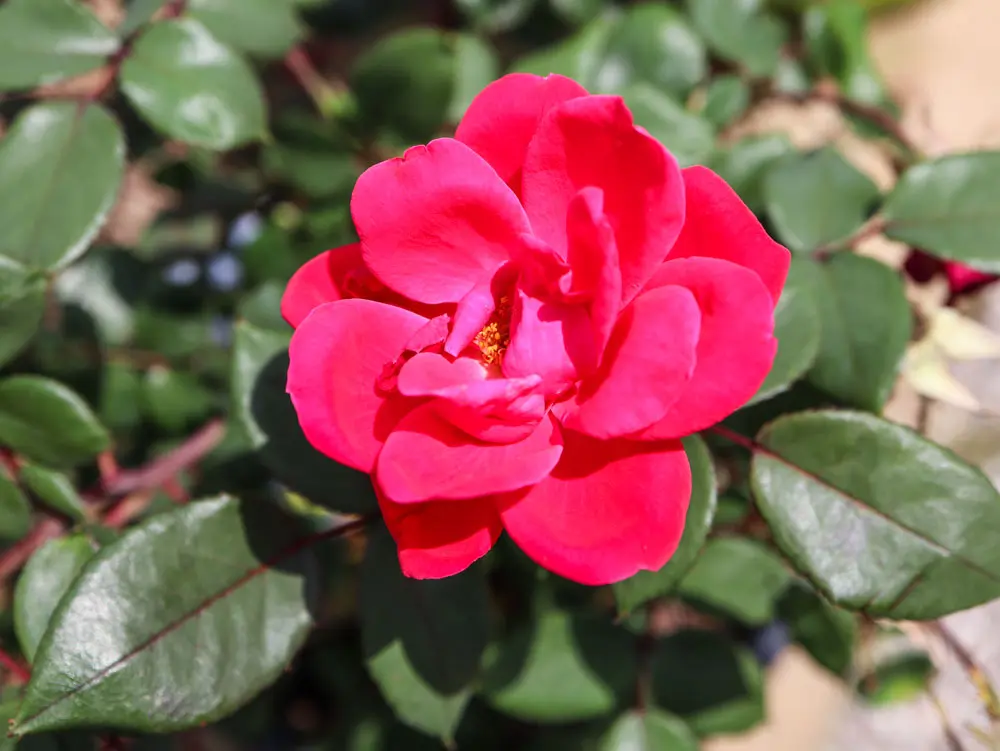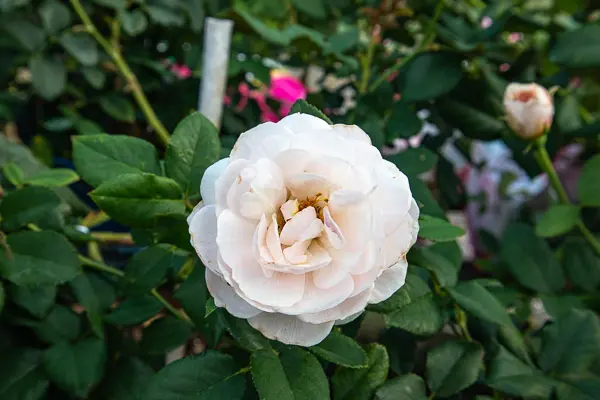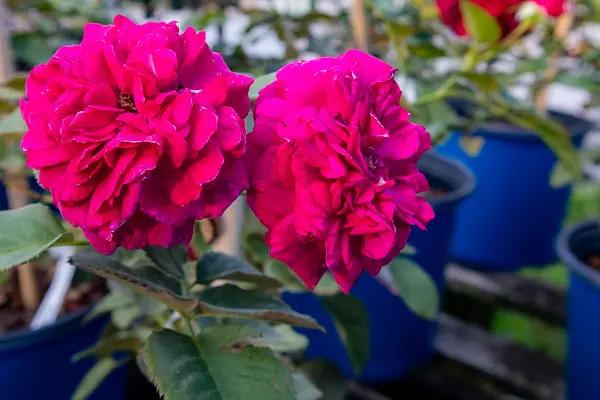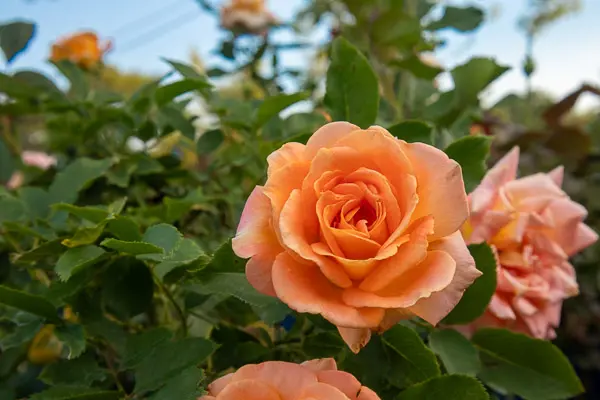by Amanda Rose Newton
The vibrant red rose, a symbol of love and affection, holds a special place in the hearts of many– especially this week! Its journey from a mere bud to a florist-grade bouquet is a tale of both nature and nurture, vastly different from the casual cultivation of flowers in a home garden.
This blog post delves into the origins of red rose bouquets and the intricate processes involved in growing florist-grade flowers, offering an educational perspective on the art and science behind one of the world’s most beloved blooms.
The Origins of Florist-Grade Red Roses
Florist-grade red roses, known for their stunning beauty, long stems, and robust petals, often begin their journey far from the end consumer.
These roses are cultivated in specialized farms located in countries with ideal growing conditions. Countries like Colombia, Ecuador, Kenya, and the Netherlands are renowned for their rose production, thanks to the perfect balance of natural light, temperature, and humidity that roses thrive in.
Industrial vs. Garden Cultivation: A World of Difference
The process of growing florist-grade roses is markedly different from cultivating flowers in a home garden. Here are the key distinctions:
Controlled Environments
Florist-grade roses are often grown in controlled environments such as greenhouses. These structures provide the optimal conditions for rose growth, allowing for the regulation of factors such as temperature, humidity, and light. This level of control is crucial for developing roses with the desired stem length, bloom size, and color intensity—attributes that define florist-grade quality.
Advanced Agricultural Practices
The cultivation of florist-grade roses involves advanced agricultural techniques, including the use of hydroponics for efficient water and nutrient delivery, integrated pest management to minimize chemical usage, and precise pruning methods to ensure the ideal shape and size of the rose bushes.
Post-Harvest Care
Once harvested, florist-grade roses undergo a rigorous post-harvest process to ensure they reach the consumer in pristine condition.
This includes immediate cooling to halt the aging process, hydration solutions to extend vase life, and careful packaging to prevent damage during transportation.
Sustainability and Ethical Considerations
With the global nature of the florist-grade flower industry, sustainability and ethical labor practices have become increasingly important. Many flower farms now adhere to certifications like Fair Trade and Rainforest Alliance, ensuring that the roses are not only beautiful but also grown and harvested under environmentally friendly and socially responsible conditions.
The Charm of Garden-Grown Flowers
While florist-grade roses are celebrated for their perfection, there’s an undeniable charm and satisfaction in growing less-than-perfect flowers in one’s garden. Garden-grown flowers may not always meet the exacting standards of florist-grade blooms in terms of size, color, or stem length, but they possess a unique beauty and personal significance.
The act of nurturing a plant from seed to bloom fosters a deep connection with nature and provides a sense of accomplishment. Some of the best and most beautiful bouquets I have received in my lifetime were from someone’s home garden.
The journey of red rose bouquets from the farm to the florist showcases the complexity and sophistication of the flower industry.
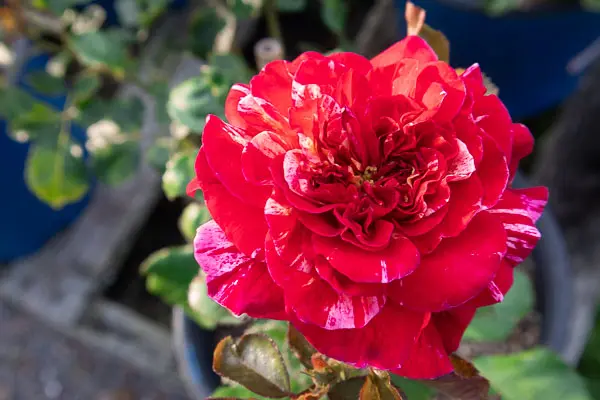
While the controlled, technology-driven process of growing florist-grade flowers differs vastly from the more intuitive, hands-on approach of garden cultivation, both practices share the goal of bringing the beauty of nature into our lives. Whether it’s a perfectly curated florist-grade bouquet or a humble, home-grown bloom, the value of a flower lies not just in its appearance, but in the joy and love it represents.

